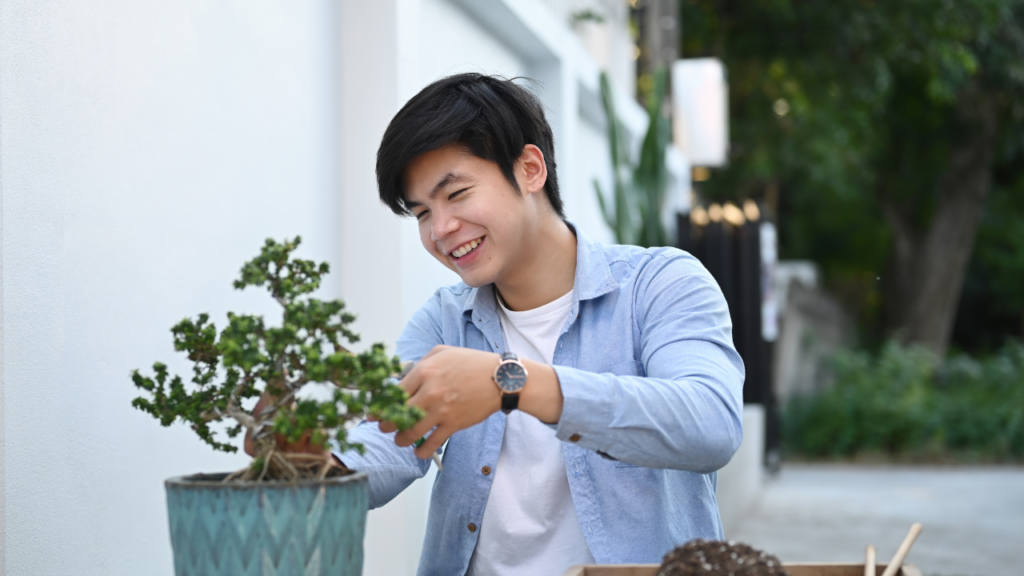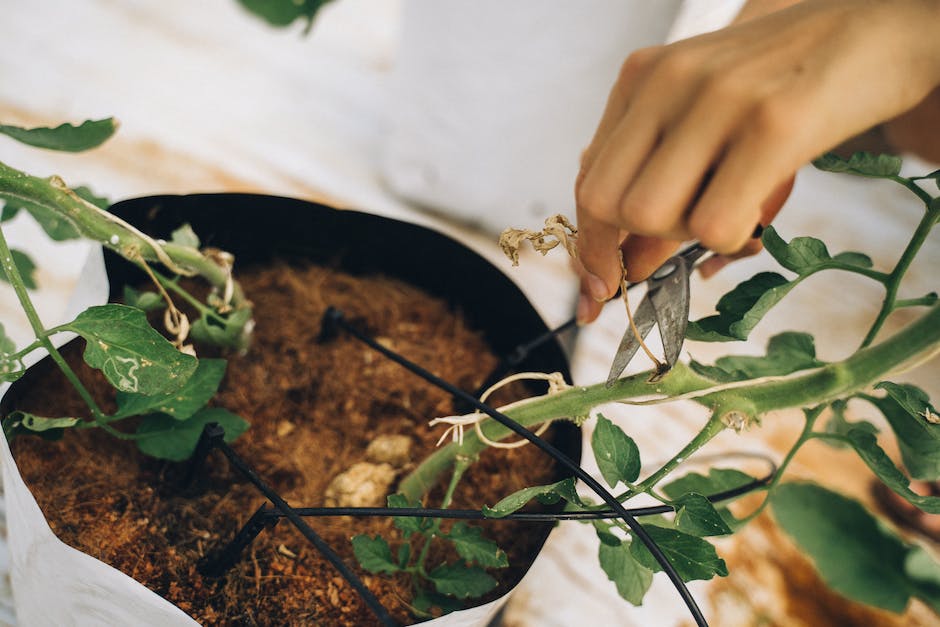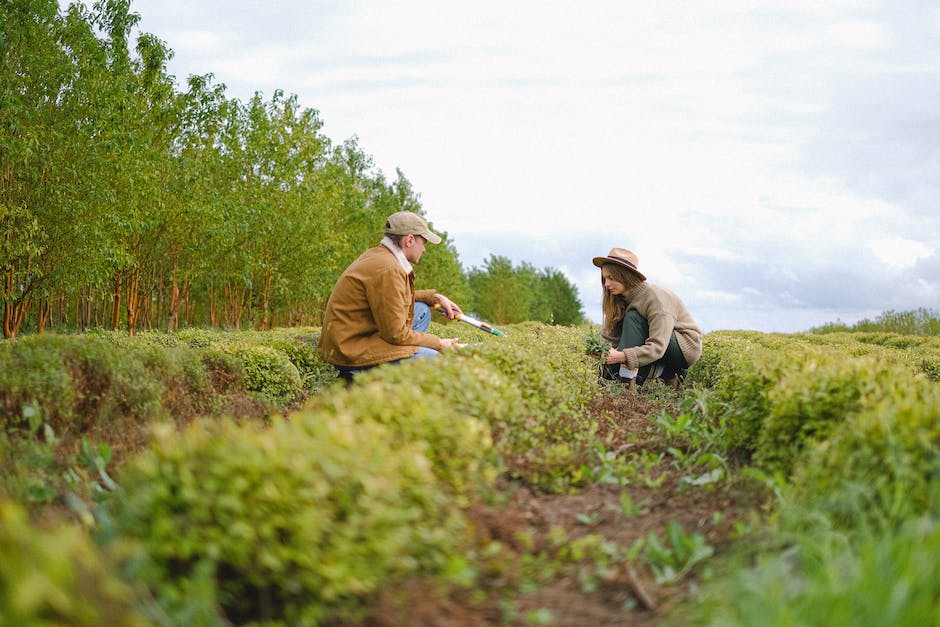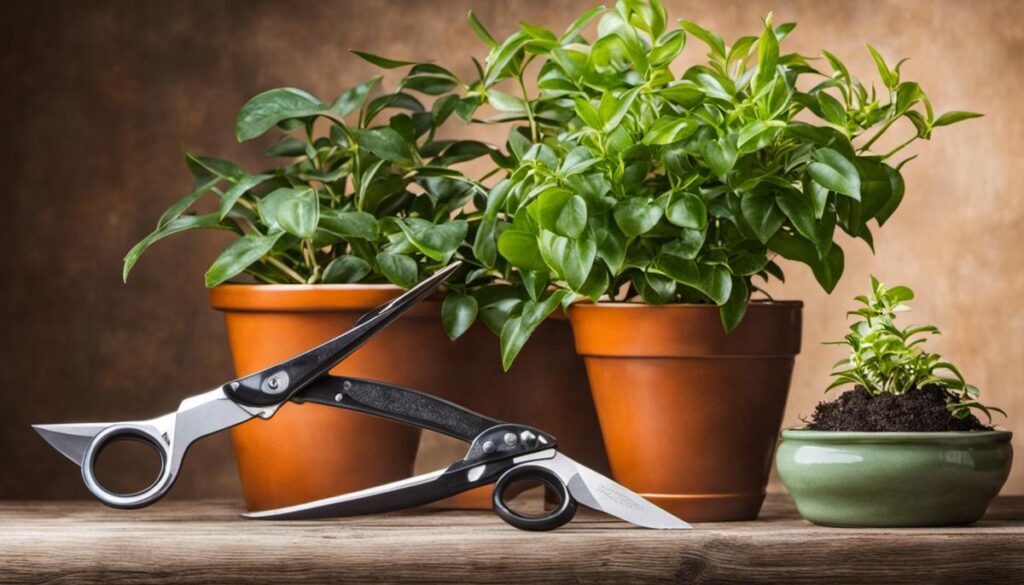Pruning, often perceived as a laborious task, can be an absolute game-changer when it comes down to improving the overall health and aesthetics of your houseplants. Beyond being a simple maintenance technique, pruning plays a pivotal role in preventing bacterial and fungal growth, promoting blooming, and stimulating the plant’s overall growth.
The criticality of pruning extends even to the very survival of your plants, making its understanding and proper execution an essential skill set for any gardening enthusiast. Through this exploration into the importance of pruning, different pruning techniques and tools, and plant-specific pruning needs, we get well-acquainted with the fine art of pruning and how it contributes to our humble house plants’ well-being and longevity.
Understanding the Importance of Pruning

Understanding the Importance of Pruning House Plants
Pruning house plants is more than just an aesthetic endeavor, but rather it serves numerous practical benefits. For starters, pruning aids in the prevention of bacteria and fungi growth. By removing dead or damaged parts of the plant, you reduce the chances of these microorganisms infesting your plant, keeping it safe and healthy.
In addition to hindering the growth of potentially harmful organisms, pruning also directly contributes to the improvement of the plant’s health. It does this by allowing better air circulation and exposure to sunlight. The removal of dead or congested growth means that the remaining leaves and stems have more room to breathe and absorb light, thereby promoting healthy growth.
Pruning also has the added benefit of encouraging blooming or fruiting in applicable plants. Blooms and fruits generally form on new growth, so by cutting back old growth, you encourage your plant to produce more new shoots. This boosts production and yield of blooms and fruits significantly over the plant’s lifespan.
Regular pruning greatly impacts a plant’s overall growth and development. By periodically removing certain parts of the plant, you stimulate it to grow more vigorously. It’s akin to giving the plant a new lease of life each time you prune, providing a fresh start to sprout new growth.
Moreover, neglected plants often grow in unfavorable directions or become lopsided. Regular pruning allows you to guide the shape and growth direction of your plants, thereby ensuring they grow in a balanced, beautiful form. Consequently, this practice not only retains their health but also keeps your indoor plants looking attractive.
Understanding the importance of pruning and its effects on the overall growth of your plants is vital for their longevity and beauty. After all, each snip you make can enhance their health and propel them to thrive in their conducive environment. So, pick up your shears and allow your house plants to receive the full benefits of regular pruning.
House Plant Essentials
Pruning Techniques and Tools

Identify the Right Time to Prune
The ideal time to prune houseplants is usually right before their active growth period, typically in early spring. They can recover from pruning more effectively during this time as new growth is naturally occurring. Certain plants might have unique pruning schedules, so research before proceeding.
Understand Different Pruning Cuts
Understanding which type of pruning your plant requires is crucial for its health:
- Thinning cuts remove entire branches or stems, reducing the plant’s overall mass without altering its natural shape. These should be made at the plant’s base.
- Heading cuts shorten branches or stems but do not remove them entirely. This encourages dense growth and is perfect for shaping purposes.
Choosing the Right Pruning Tools
Clean, sharp tools are essential for successful pruning. Using a dull or dirty tool can damage your plant and invite disease. Depending on the plant and the intricacy of your pruning, you may need:
- Hand pruners for small to medium-sized branches or stems.
- Pruning saw for large branches.
- Scissors for small plants and bonsai.
Proper Pruning Technique
- Sterilize your tool before starting to avoid spreading disease among your plants.
- Identify the stem or branch to be pruned and follow it back to its point of origin.
- Make a clean cut at a slight angle about 1/4 inch above leaf nodes or swelling buds.
- Avoid ripping or tearing the stem, as this could cause unnecessary damage to the plant.
After Pruning Care
Immediately after pruning, your plant may look a bit odd or uneven, but don’t worry—pruning encourages new growth and will achieve a fuller appearance over time. Keep the pruned plants well-watered and away from extreme temperatures to help them recover faster.
Safety Measures
Always be careful while handling sharp tools, especially when working with large plants. Wearing gloves and eye protection is recommended to avoid accidental injuries.
Remember, pruning should be a regular part of your indoor plant care. It not only helps in maintaining the shape and size of your plants, but it also promotes healthier and more controlled growth.
Plant Specific Pruning

Understanding Plant Specific Pruning: From Trees to Flowering Plants
Before you start with pruning any plant, it’s crucial to identify its type, as each is unique in its requirements.
Pruning Trees Indoors
Indoor trees such as Ficus and Dracaena need careful pruning to maintain their shape and health.
- Start by removing any dead or yellowing leaves.
- Prune back any branches that are growing outside the main shape of the tree.
- For larger branches, cut at an angle just above a leaf node.
- Always use clean, sharp tools to prevent disease spread.
Flowering Plants Pruning Methods
Flowering plants like Fuchsia, Geraniums, and Begonias benefit from regular trims.
- Deadhead flowers after they finish blooming to promote new growth.
- Cut back leggy stems to a leaf joint to encourage bushier growth.
- If a plant becomes too large for its pot, prune back by up to one third in spring.
Cacti and Succulent Pruning Techniques
Cacti and succulent plants have different needs compared to leafy plants and trees.
- Always wear thick gloves to protect your hands from spines.
- Unhealthy plant parts, like shriveled leaves or stalks, should be cut away with sterilized tools.
- Some cacti can be encouraged to grow more branches by cutting off the top of the plant.
Pruning for Ferns and Palms
Unlike flowering plants and trees, ferns and palms don’t necessarily require pruning. But doing so can aid in their care.
- Remove old fronds from ferns as they turn yellow or brown.
- For palms, only cut back fronds that are completely brown.
To ensure successful pruning, always sterilize your pruning tools before using them on a different plant. This can help prevent the spread of diseases among your indoor plants.
Remember, learning the specific needs of your plants can go a long way in ensuring their health and longevity. Understanding these needs is the first step toward successful plant pruning.

Through a comprehensive understanding of pruning and the role it plays in plant health, we are now armed with the required knowledge and techniques that ensure our houseplants not only survive but also thrive. A well-pruned plant is a testimonial to the loving care and attention that an understanding gardener provides. As we tailor our approach to meet each plant’s unique pruning needs, we are essentially nurturing a potential masterpiece in our very midst. The art of pruning, hence, transforms from a mundane chore to a gratifying journey of growth, for both the plants and ourselves. Remember, each cut is a new beginning. So, go ahead—prune with poise and precision, and watch your plant kingdom flourish!
